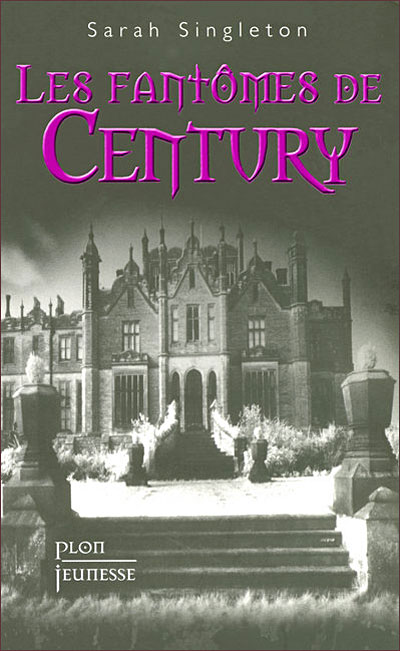 |
Author: Ruth Rendell
Publication date: 1971
Publisher: Arrow Books
|
*John Lawrence is safe and well with me. He is happy playing with my rabbits on the farm. To show you this is not a hoax, I am enclosing a lock of his hair.*
On a stormy February afternoon, little Stella Rivers disappeared - and was never seen again. There were no clues, no demands and no traces. And there was nowhere else for Wexford and his team to look. All that remained was the cold fear and awful dread that touched everyone in Kingsmarkham.
Just months later, another child vanishes - five-year-old John Lawrence. Wexford and Inspector Burden are launched into another investigation and, all too quickly, chilling similarities to the Stella Rivers case emerge.
Then the letters begin. Horrifying, evil, threatening letters of a madman. And suddenly Wexford is fighting against time to find the missing boy, before he meets the same fate as poor Stella...
No more dying then starts in a simple way: a five-year old boy simply vanishes while he is playing outside. This is an ordinary beginning for such a book. However, what first seems to be a straightforward disappearance soon turns out to be far more complicated than expected. The inhabitants of Kingsmarkham are inevitably reminded of Stella Rivers' case, which took place only a few months before. Although there is no proof that there is a link between these two cases, Inspector Wexford has to examine every possibility.
The story is extremely well organised. Everything starts with John Lawrence's disappearance but the reader is then led to discover Stella's case little by little. The investigation is clearly the main interest of the story but the characters have an important role as well. So we also get to know the disappeared children's parents and Inspector Burden's family.
Ruth Rendell cleverly alternates suspense, moving scenes and moments of expectation all through the story. Going from John’s case to Stella’s, we discover how their parents react to their disappearance. The relationships between the characters are well developed and we have two completely different reactions to compare: Mrs Lawrence refuses to let go of her hope to see her son alive again, while Stella’s parents decided that life went on, even without her.
Inspector Burden’s life is unveiled little by little. As he is one of the most experimented investigators in Wexford’s team, he has an important role in the story but the scenes of his family life are extremely moving as well. Ruth Rendell uses him to show how difficult it may be for a policeman to set the limit between his job and his private life.
The reader can explore the relations between the police and the media, especially in the scenes with reporter Harry Wild. Wexford’s team needs to work in collaboration with various people to solve the mystery: the people living in Kingsmarkham, the press, and even disreputable individuals. The author guides us through a sea of faces and characters. We are never lost in it though, because we are just given the right amount of information to know who is who without being confused by too many details.
By meeting so many different characters, we do not only follow the police’s investigations. We discover everybody’s hypotheses, which give us different clues to solve the mystery… still, the suspense is kept all the way through the book and the end is unexpected.
No more dying then is a great book to read for those who want a little more than just a thrilling detective story.


















